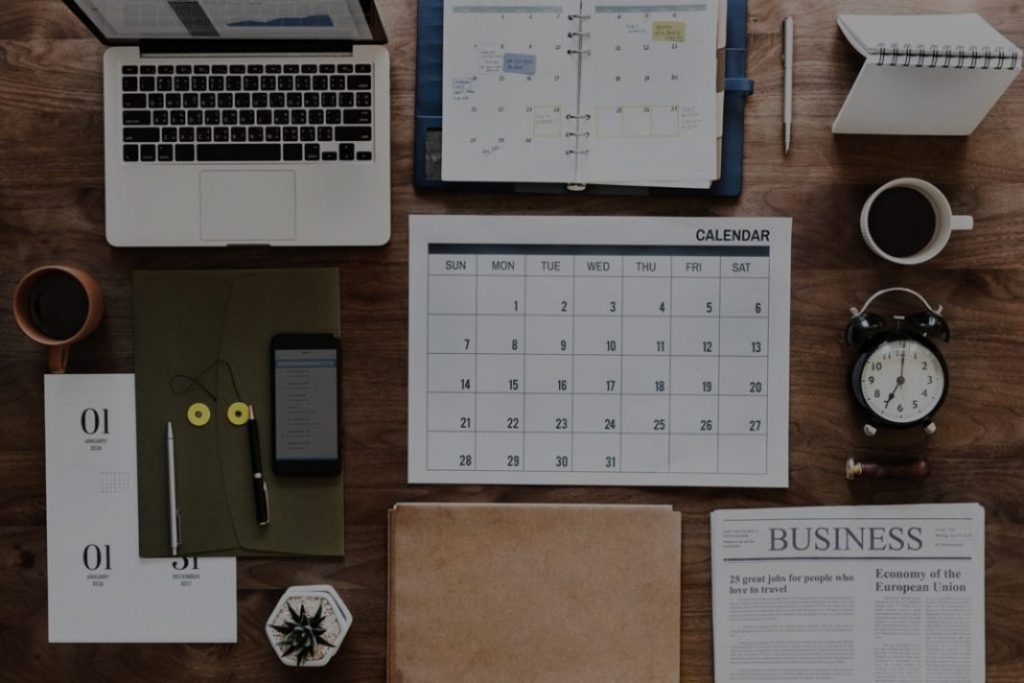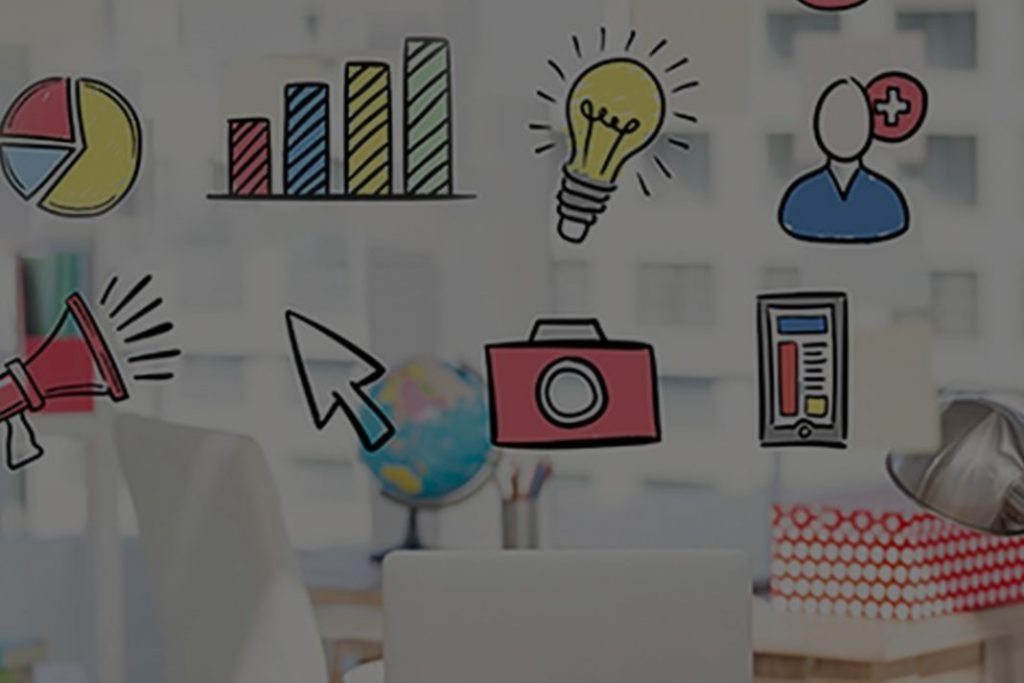B2B digital marketing funnel fundamentals
Learn about B2B Marketing Funnel with examples from brands to know what you should do from Discovery Phase to Post-Purchase Phase.

B2B Marketing vs Traditional Marketing
So, a disclaimer to begin with: This is not yet another blog talking about sales funnel, B2B funnel or inverted funnel format, or AIDA model! Probably, you’ve already learned about a thousand funnel structures. And now, you want no more of it. And yes, although, we will talk about the B2B marketing funnel, we’ve something more for you here.
We will try and insert live examples from popular brands to give you a better overview of what needs to be done at every stage of the funnel and the related specifics. Because building a funnel is easy but creating relevant activities for each stage is difficult. And to manage and execute, every aspect of the funnel is even more difficult.
B2B Marketing funnels are extremely specific to your niche & sector. And although there are some general guidelines, funnels need to be specific to your goal. The same funnel won’t work for every business profile. Having said that, B2B marketing funnels differ from traditional ones in many ways.
But why do you even need a funnel? Is it mandatory to have a marketing funnel?
Because there is a barrage of online content talking about this funnel and that funnel, at all times, it might seem funnels are integral to your marketing efforts. And to an extent, yes, it is.
You can consider the funnel as your blueprint or roadmap in assisting your buyers through various stages of their buying journey. Knowing what your buyers expect at different phases can help curate marketing strategies personalized for more conversions and fewer fallouts.
But how does a funnel differ from sector to sector?
Take, for example, B2C and B2B marketing funnels. The buyer’s journey and lead acquisition objectives are quite different. For B2C, you are reaching out to a generic audience which is huge in number. Whereas, for B2B, you are reaching out to a specific audience smaller in number. To best understand the difference, fishing techniques can be used as the best analogy.
B2C marketing can be compared to fishing with nets where you catch fish in bulk. Some are big, others are small. Whereas B2B marketing, on the other hand, can be compared to fishing with pole & line, where you catch one at a time but laser-specific to your requirements.
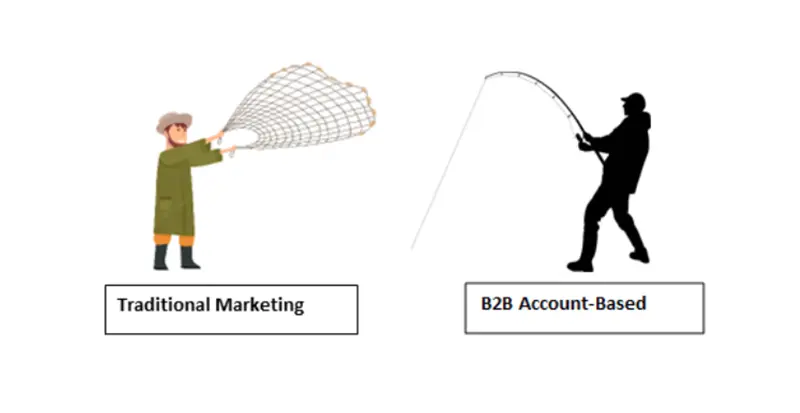
Because the buyer’s journey tends to be long for B2B marketing and the cost attached is high, there is more time spent on consideration, evaluation, and building interests.
If you are not fetching the number of expected leads, your cost per lead is very high, or you are not able to source qualified leads, the good place to start often is to reassess your existing B2B marketing funnel and re-architect the structure. To scale up and plan your growth, Funnels come in handy and help in identifying the pain points and strengths you have in your roadmap to acquire more leads.
What is a B2B marketing funnel?
A B2B marketing funnel can be seen as a step of actions a marketer must follow at different stages to convert leads into sales. As per a survey conducted by SEMRush, only 9% of marketers feel confident with their strategy. Whereas 72% of the B2B marketers are experiencing high CPL making it difficult to convert. A marketing funnel can address these pain points by analyzing at what stage of the campaign a buyer is at.
The number of steps in a buyer’s journey is more in B2B as compared to B2C. Based on whether you want to redirect your buyer to a website to make a purchase or connect with them for a demo, your funnel needs to guide your potential buyers accordingly. The objective of a B2B marketing funnel is to assist your buyer through every phase of their journey to convert them for sales.
At this stage, let’s introduce the concept of B2B Leads. Because no matter what your funnel looks like, all these exercises are concerted to get more leads. Broadly speaking, there are two types of leads:
a. Marketing Qualified Leads (MQL): Users who download whitepapers, eBooks, etc. from your website.
b. Sales Qualified Leads (SQL): Users who book demos or calls with the sales team.
The whole objective of the funnel is to drive these two forms of leads toward conversion.
Every marketing funnel is divided majorly into three parts: The top of the funnel, the middle of the funnel, and the bottom of the funnel. Via the marketing funnel, we can map a buyer’s journey through every stage and carry out the activities outlined for the buyer. This helps in a more personalized way to address the buyer increasing the probability of conversion ratios. The idea is to guide the buyer from the first stage to the concluding stage through preset activities specifically catering to the buyers at their stages of the journey.
Want to learn how B2B funnel can help your marketing efforts?
Read this to find out: 5 Advantages of B2B funnel.
The five stages of a B2B marketing funnel are:
1. Awareness Stage – Top of the Funnel
2. Interest Stage – Middle of the Funnel: Consideration Stage
3. Desire Stage – Buyers expressing active interest
4. Purchase Stage – Bottom of the Funnel
5. Follow-Up Stage – Loyalty
6. Advocacy – Loyalty & Expansion
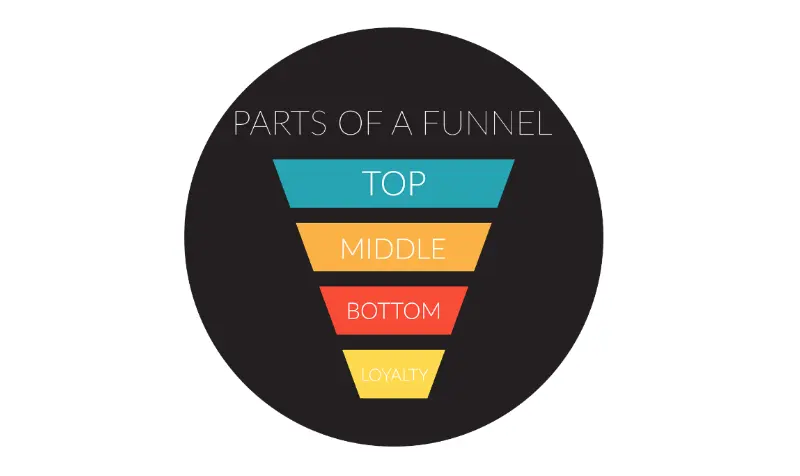
But before we get started with the various stages of a funnel, let us understand what the prerequisites are to build a B2B marketing funnel.
Prerequisite of a B2B marketing funnel
All you need to get started before defining your funnel is a Buyer’s Persona. Because the funnel you will build is to guide your buyers through their journeys, it is important to delineate the specifics of the buyers you want to address. A buyer persona is the zeroth law of marketing. By building a comprehensive buyer persona, you know whom to target, where they are, what are their preferences, lifestyle choices, buying behavior, and other essential details.
These can help curate a funnel that is specific to your target audience and avoid generalizing or randomizing your marketing efforts. Because if your marketing efforts are not resonating with your buyers, you have already started on the wrong foot and hence will not deliver the expected results.
Hence, start with a buyer persona that resonates with your business profile. To do this, you can survey the expected demographics to sample a trend. Or simply, brainstorm internally, to create multitudes of profile that suits your business.
Remember, if you are selling to everyone, chances are that no one is buying at all. Buyer persona will help you narrow down the audience, and help achieve specific goals. Buyer Personas are a great way to personalize your communication as well. Knowing the behavior of your audience can help you curate tailor-made communication, something that will resonate with your potential buyers better.
With a buyer persona, you are ready to define, strategize and build a B2B marketing funnel to double down on your sales.
Stage 1: AWARENESS
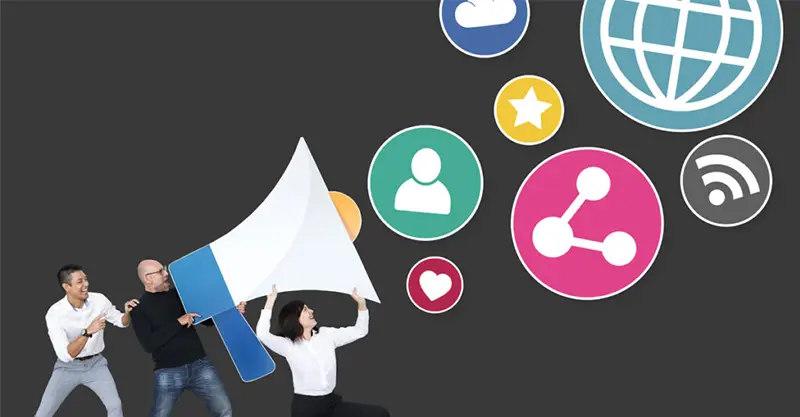
How will your target audience be your buyer if they do not know about you?
Without knowing about your existence in the market, your buyers will have no information that you exist. You would want your buyers to know about your brand, business and market presence. This is where you will want to carry out your brand building activities to develop awareness among your potential buyers. This is the first stage: The discovery stage.
Here, note that you target new buyers or leads and not someone who has previously dealt with you. This is the broadest stage of the funnel but doesn’t need to include everyone, just the ones that complement your buyer persona.
How to start with this?
First, understand where your audience is. Where are they? Two of the prominent platforms are Search Engines and Social Handles. Google is the dominant search engine whereas LinkedIn is the dominant social handle for B2B. Over 90% of the buyers are on these platforms. So, you need to create a presence on these platforms for discovery & awareness.
For search engines, you need a website that is SEO-tuned, because you want your website to be higher in the ranking for the used keyword. And for socials, create visually appealing profiles. These will help your buyers discover you.
For any campaign, your pre-built buyer persona will help you create awareness strategies that are customized and personalized to your defined target audience which will help you get discovered more. Discovery can be also made through word-of-mouth marketing. Branding is particularly important for building contact discovery and awareness. By building a brand presence, you can increase your reach, thereby, creating a steady influx of new leads at all times, that too, for the long run. In the last two decades, intangible assets are gaining greater recognition, therefore, driving high corporate financial value, and representing brand equity.
Another method to boost your market presence is through paid advertisements. These can be done in search engines and socials simultaneously. Initially, these paid ads may seem to have no returns but what you want to do is grow your audience base, thereby, improving the reach.
Pro-tip: Use an omnichannel approach where you build awareness from diverse platforms. Make sure these platforms are interconnected. Promote redirections from the platforms that are performing best. If you have a sound following on socials, redirect them to your website for more information & vice versa.
At this stage, to gauge if you have any leaks in your awareness stage, you can track, measure, and analyze these key performance indicators:
1. New visitors to your site.
2. Following, reach, and engagement on socials.
3. Email & Newsletter subscribers.
4. Conversion ratios for gated content.
Based on the result & numbers, tweak, modify, and change your awareness strategies to help buyers discover your brand. Any underperforming KPI will mean testing new ideas to improve the results. Also, dive deep into the incoming traffic. See, if they are aligned with your buyer persona. Else, you will not get the desired result.
Other popular mediums employed at the awareness stage are: Daily blog posts addressing the topics your target audience is looking for, bylines, guest blogs, illustrations, infographics, interactive landing pages, podcasts, social media posts, and videos on the homepage.
An overview video of your company and its services are a proven way to brief your prospects about who you are. The awareness stage should clearly and concisely get this message across. It acts like an introduction you give to someone you meet for the first time. And because we know, our first impression is the last, try and give the best introduction to your prospects.
Let us look at some of the marketing campaigns by popular brands to help with awareness and discovery:
“Hey World,” Upwork Awareness Campaign
“Upwork used traditional sponsored ads, social media content, and a series of videos, Upwork intently mentioned Elon Musk to garner attention. Harping on this multi-millionaire, pop-culture icon resulted in millions of views of these ads, resulting in a 10% increase in the usage of Upwork by Fortune 500 companies. This campaign contradicts your usual B2B campaigns, and this is why it was brilliant.”
“Intel Inside: The Brilliance of Ingredient Branding”
“Before the 1980s, outside the original equipment manufacturers (OEMs), the end users were not familiar with the brand Intel. The “Intel Inside” campaign made Intel a household name by early the 90s and would go on to make advertising history. Before this, none of the tech companies scale up their awareness program as Intel did.
This all started with the idea to highlight the supremacy of intel’s new microprocessor 386. But consumers did not understand the advantages of 386 and because of trust issues were finding it difficult to migrate from Intel 286. So, before releasing the “Intel Inside” campaign to promote 386, they ran the “Red X” campaign to indicate the obsolescence of the 286 microprocessors. This was followed closely by the “Intel Inside” campaign that was aimed at diluting complex concepts into nonprofessional terms and helping end-users understand the advantages of 386. Even the logo, they used, is minimal and plain, and prompted the end-users to look for the logo which would mean they have an eye for spotting the best. From television ads to print ads, Intel ran a multi-channel ad campaign to catapult them into the limelight. Since, then, Intel has become synonymous with PC.”
Things to do: Blogs, Online Ads, Videos, Infographics, Branded Ads, social media.
Stage 2: INTEREST

Now, that your audience is aware of you and can discover you, the next stage is to develop an interest in them. At this stage, you need to target higher-intent keywords than from the awareness stage.
Why so?
Because consumers or businesses who are actively looking for your service would be searching for specifics that you have to offer for them to be interested in you. Unlike in PPC where we use more generic keywords for broad searches, at this stage, your keywords should have a clear intent to buy.
Pro-tip: Mapping the user journey at this phase is vital. From your awareness campaign, track the user activity. Map metrics like which ads were clicked upon, which landing pages were visited, what actions they took on the website, etc. So, say you have a website. By using tools like HotJar, you can map the user journey on your website. This will help you understand which pages are performing well, what the users are doing, and so on. For your social media, track the engagement on different sets of content and see which is performing well. Are videos performing better than carousels? Based on the report, curate content accordingly. If you have a lot of users visiting the services page of your website, maybe you can create blogs, addressing more specifics about the services.
Also, follow up with your website subscribers with engaging newsletters and email campaigns, personalizing these to suit their needs. Two of the most approved channels in this stage to capture the interest of the audience are Blogs & Email Marketing.
By measuring the following KPIs, you can track if there are any leaks in the funnel at the Interest Stage:
1. Email Open Rate
2. Email Click-through Rate
3. Engagement on the Website
4. Number of Email Subscribers
5. Clicks for demos and free-sign ups.
Blogs can target high-intent keywords, address problems your audience is searching for solutions to, or even redirect them to a landing page dedicated to addressing a query. Whether you use text formatting, custom graphics, or professional videos, make sure your top-trafficked pages provide original insights quickly and easily.
As far as, social media communication is concerned, you can make informative posts spelling out the advantages, features, and especially the benefits of your service. Stage 2 & Stage 3 can be clubbed under a broader term called the Consideration stage but for better understanding, we have divided them into Interest & Desire. Usually, this makes up the middle of the funnel where a buyer is considering and evaluating their options, looking for more information.
One of the most important things to do at this stage is to segment your audience. You have to know who your interested audience is and who is still at the awareness stage. By segmenting & identifying your interested audience, you can dig deeper to understand their preferences. And then orchestrate highly targeted campaigns based on the actions they took on your website. Feedback forms and surveys are other compelling manners for understanding your audience’s mindset.
Of late, videos are performing well. No matter the format, idea is to get your audience or traffic to redirect them to a landing page, or get them to download guides, whitepapers, eBooks, and so on.
“Think Different by Apple”
“The “Think Different” campaign launched by Apple in 1997 is an industry-standard example of a brand building interest in its products or services. There were several print advertisements and television commercials featured in the campaign that featured photos and quotes from Albert Einstein, Martin Luther King Jr., and Bob Dylan. The advertisements emphasized Apple’s innovative and original approach to technology, and the message of the campaign was to “Think Different” and challenge the status quo. For maximum exposure, high-profile television programs and high-end publications were used. As an industry leader, Apple has built a strong reputation among creative professionals as a result of the campaign.”
Things to do: Buyer Profile, Email, Interactive Content, Landing Pages, Newsletter, Videos
Stage 3: DESIRE
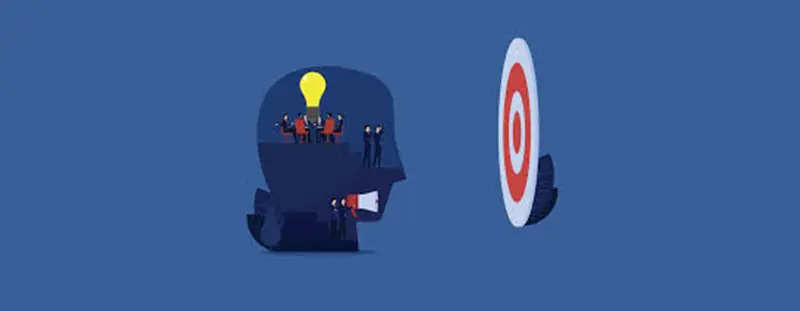
How do you change your audience’s interest into desire?
One of the most accepted methodologies is asking your buyer to understand the benefits. As opposed to features, push for benefits. The key is not to showcase what’s in it for you but what’s in it for them. This is where you move into the mid section of the B2B funnel. By this stage, you should be actively engaging your potential buyers in what they like, offer more insights in to your product or service.
This is often the most crucial part of the B2B funnel. Most marketers fail to track their potential buyers and do not follow-up which leads to leakage of the leads in the funnel. So, it’s important you identify the buyers who are this stage and capitalize accordingly.
How do you know your audience is expressing their desire?
If they book a demo, or download eBooks, guides, or whitepapers, this will mean your buyer is at the Desire stage. Book a demo and show a full-fledged competitive advantage your product/service has to offer. Webinars and podcasts are also useful. This requires the merging of marketing and sales efforts to create a strong resonance among the buyers.
Some of the key actions you as a marketer can take are:
1. Download software for trial.
2. Sign-up for the demo.
3. Automated nurture emails to drive purchases.
4. Click emails or links to read more info.
5. Queries regarding key benefits, competitive analysis, and sales promotions.
Pro-tip: Conduct a webinar or interview or podcast with an industry expert. This not only redirects your buyers to a sure-shot purchase but brings in new leads at the middle of the funnel, leveraging the followers of a popular personality.
Case studies are another immersive way to engage with your buyers at this stage. Showcase the challenges you encountered for a specific service, solutions you have implemented to address those challenges, and then finally the results you have obtained. Case studies perform well, create authenticity, and help you gain trust.
Testimonials are yet another way to engage your buyers at this stage. Reviews form an important part of research for any buyer. Validation from a different buyer often has a huge recall value among other fellow buyers. Apart from acting as promotional content, they also act as indirect referrals.
These add unparalleled value to your buyer’s journey.
Every activity that you undertake at this stage must address a Unique Value Proposition and why this is the best option for them as buyers. By this stage of the funnel, your buyer has already realized the problems and is actively looking for solutions. Hence, your content strategy should be different as compared to the previous stages. Try and highlight how your service can increase profitability and what would they lose if they do not pursue your service.
KPIs to track any leakage in the Desire Stage:
1. Number of users applied for trials.
2. Demo/Webinar Attendance.
3. Inbound calls received.
4. Request received to schedule a demo.
5. Number of calls to a sales rep.
Nike: Just Do It
“One of the most popular brands among buyers is Nike. A reputation as a manufacturer of stylish and functional athletic gear and apparel has built the company. Additionally, the company has strong branding and marketing campaigns, including “Just Do It” and collaborations with top athletes and celebrities. To engage with customers, Nike has also created apps for “Nike Run Club” and “Nike Training Club” that inspire a sense of community and motivation in them. Nike products are considered a premium brand by many consumers because they are believed to improve their athletic performance.”
Buyers are increasingly attracted to Nike for the following reasons:
- The Nike “Just Do It” campaign encourages individuals to push themselves to achieve their goals. Nike has launched numerous high-profile marketing campaigns over the years. Over the years, this campaign has become synonymous with Nike. Nike has also developed campaigns targeting certain groups, such as women, focusing on empowerment, motivation, and strength in campaigns like “Better for it” and “Unlimited you”.
- Nike has long-standing partnerships with top athletes, including Michael Jordan, LeBron James, Cristiano Ronaldo, Serena Williams, and many more. Associating Nike products with top athletes increases their desirability.
- Innovative products: Nike is known for its innovative products, such as Nike Flyknit and Nike HyperAdapt, which are designed with the latest technology to improve performance and comfort. Athletes and fitness enthusiasts highly value these products.
- The Nike Run Club and Nike Training Club apps have created a sense of community around Nike’s brand. These apps provide users with training plans, challenges, and the ability to connect with other users for motivation and support. This helps to create a sense of belonging among Nike customers and further increases the desirability of the brand.
- Exclusive products: Nike releases limited edition and exclusive products, such as collaborations with fashion designers and exclusive colorways, that are highly sought after by consumers and can increase the desirability of the brand.
Due to all of these efforts, Nike has become a desirable brand among consumers, which makes them willing to pay a premium price for its products.
Things to do: White Paper, Industry Report, Webinars, Product videos, Case Studies.
Stage 4: PURCHASE
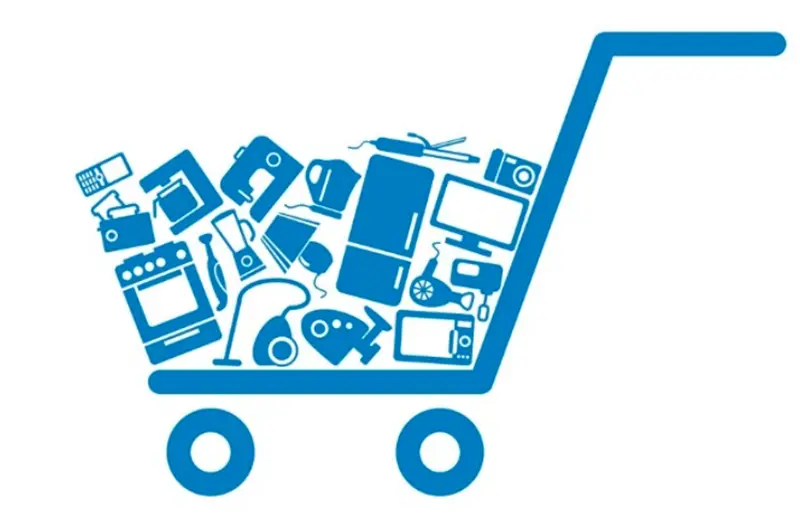
This is the stage where all your marketing & sales efforts will be counted. This is where your hot leads should convert to new customers. The most important thing to do is to create an easy checkout purchase flow for the buyers. Some of the thing buyers are looking for at this stage are Discounts, offers, product demos, installation guides, how-to-use, etc.
Onboard a new buyer with a welcome kit. From this step onwards, what you need to build is loyalty and trust through impeccable support.
Stage 5: FOLLOW-UP
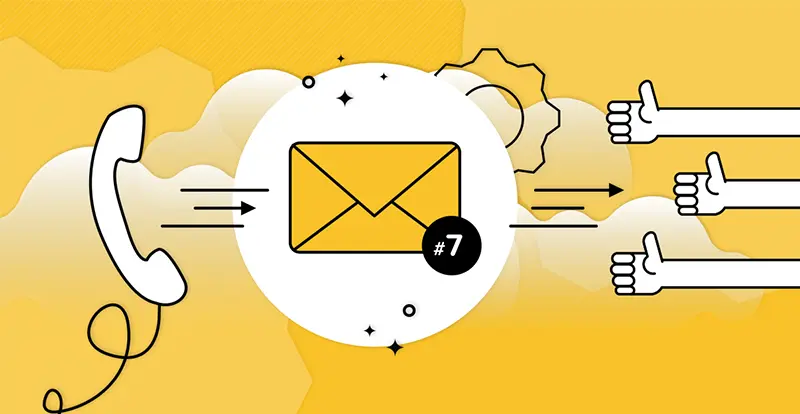
Don’t just abandon your sales prospects after the purchase is finalized. You will want maximum retention to ensure a steady stream of revenue. Bad follow-up or lack of post purchase nurturing leads to zero repeat sales and bad rep in the market. Keep your buyer in the loop with new updates, and push for User Generated Content for socials. UGC performs really well and acts as both testimonials and reviews. Ask for feedback, reviews, and ratings to keep the engagement with your buyer. This helps in building loyalty and increases retention. As you near the end of the B2B funnel, you will need to make sure, your leads retain for maximum repeat purchases.
Stage 6: ADVOCACY
Build your brand and maintain your buyer relationship in a way that they fetch a lot of referrals. Nothing beats word-of-mouth marketing when it comes to referrals. At this stage, you might want to revisit all those leads that fell in between and didn’t convert. Maybe change the approach and retarget them for secondary and tertiary extraction.
Full Funnel:
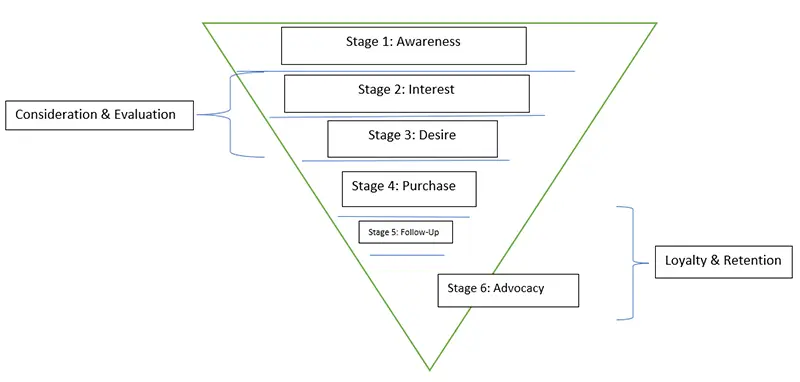
What strategies to follow for the B2B marketing funnel in 2025?
The use of automation, machine learning, and AI will increase drastically. All these will result in hyper-tailored messaging with laser-beam specificity. Also, the use of analytics to draw real-time conclusions will help optimize campaigns on the go. Because marketing is very volatile, it will be difficult to predict the trend but staying on your toes, and flexible will help. Irrespective of the B2B marketing funnel, make sure to be adaptable to all changes and scenarios.
Also, at times, you need to break out of such funnels, try something innovative, something that has never been done before. Don’t be afraid to try something new. After all, if you never try, you will never know.
Conclusion
B2B marketing funnels have been overly emphasized. But rightly so. B2B funnels not only helps you keep a tab on your potential buyers, you can achieve better results by taking relevant actions for each stage. If you are looking for 100% lead generation efficiency with 100% assured quality, look no further than Valasys Media. Our sales and b2b marketing funnel is tried & tested and have fetched results that will supersede your expectations. Interested in knowing more? Reach out to us, today.

